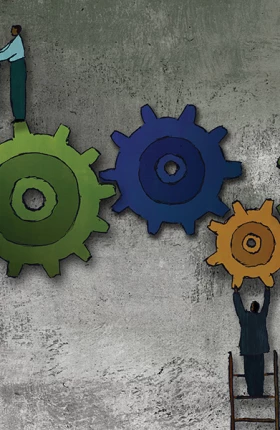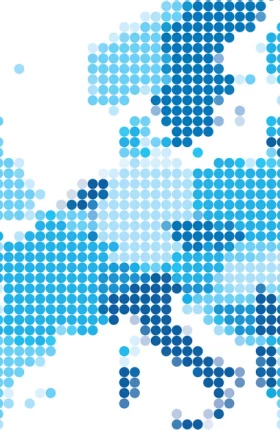Digitally driven economic growth continues to be one of the few bright spots in a sluggish global economy. But multiple factors can inhibit consumers, businesses, and others from fully participating in the Internet economy. Countries with low “e-friction”—the factors that inhibit Internet access and use—have larger digital economies than countries with more or stronger constraints on digital activity.
The BCG e-Friction Index ranks 65 countries according to four types of e-friction: infrastructure-related frictions that limit basic access, industry and individual frictions that affect the ability of companies and consumers to engage in online transactions, and information frictions that involve availability of, and access to, online content. High e-friction countries are in danger of missing out on a high-impact propellant of growth and job creation. Those that address their sources of e-friction have the potential to add significant value to their economies.
The BCG e-Friction Index can help each country gain an understanding of how it compares with neighbors and competitors. It can thus determine where its efforts to eliminate sources of friction are best aimed.




